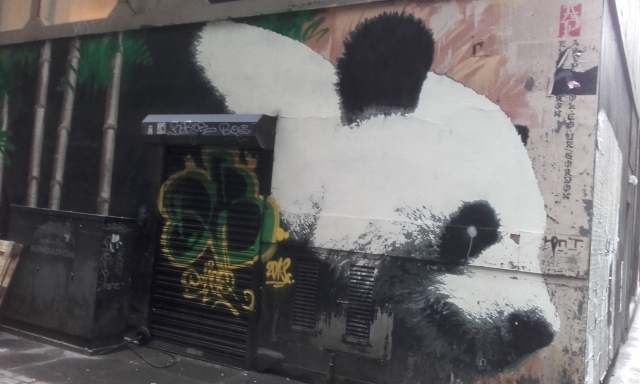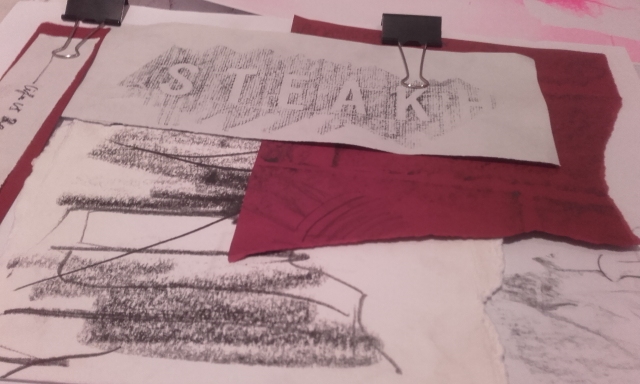Time to wrap up the trip to Graphic Design Festival Scotland 2018! I’d like to go through the process of risograph printing in more detail in future, but for now I’ll share the basics while I record the riso and book making workshop.
The workshop I’d signed up for was held by Good Press, an independent book store and volunteer run organisation promoting the production and sale of self-published books. They’ve almost no restrictions for the contents of the books, but if you want them to stock your book, best be sure sure your work is in good taste!

The aim of the Good Press workshop “Property, Concrete Poetry & Poor Art”, was to to produce a small, collaborative publication full of insight to Glasgow’s many facets; to celebrate Glasgow. There were a good deal of people who turned up, so the workshop split into two groups to make two independent zines with the same aims.
The tools given were papers, a card viewfinder, marker pens, and thick graphite pencils. Everyone was free to use phones or cameras to record imagery, but the final outcomes were made with only the aforementioned tools.
As a group, or as individuals, participants left The Lighthouse in search of street art, architecture, people, and lost items. Now, it was my first time visiting the city, so I was rather unknowledgeable about the place. I did find myself making rubbings of signs, taking pictures of buildings and scribbling sketches of patterns as I tried to learn more.
By the end of the hour spent researching the city and its people, everyone needed enough information to form two A3 sheets of paper to contribute to the zine.

For such a big place, Glasgow was extremely tidy! I was hard-pushed to find any trash or misplaced belongings scattered about. There happened to be plenty graffiti down side streets, but it was more or less just folks tagging themselves than a serious piece of street art. It was also an extremely cold and gloomy day to hunt about an unfamiliar city. Not everyone ventured out, or even very far from home base.

Above, I’ve collected rubbings from a steak house and public sculpture, a phrase taken from a neon sign in a small café, and quick impressions of buildings – they’re all held together with bulldog clips.
I amassed enough details to form the image I wanted, and I took a good while to adjust the compositions of the both images I needed to form the final visual. You see, both A3 compositions were to be layered on top of each other by the riso printer.
The riso printer works similarly to a monochrome photocopier – in that it copies whatever happens to be put on its glass, but it also burns whatever it has captured into a stencil, and then the stencil is used for multiple prints. While a riso printer can only print in one colour at a time, and only use one stencil at a time, after waiting for prints to dry, you can easily layer other images and colours not unlike screen printing.

Teal and pink sure were a popular combination of colours! And once everyone had enough copies of their work, (about 12 sheets per person,) we all folded our A3 pages in half to form double-sided A4 sheets. We all laid out our work on the floor in a row, to get a better idea of the contents of the zine. We took little time to decide on the page order. Once decided, with the open end of the sheets all aligned as the spine, the pages were stapled together to form the book.

I was happy to have my print function as both the cover and first page of the publication. My piece was the most dense with colour, and that’s partly due to my use of bulldog clips instead of glue to hold my work together. The gradients of colour are shadows caused by outside light that got though the gap between the printer’s glass and the lid, as the clips don’t allow the lid to close flat.
I feel the group I worked in generally wanted to celebrate the city’s visuals and communicate in pictures more so than words, because sculpture and street art were common topics. I found the experience enlightening and fun, and I look forward to using risograph printers in future.